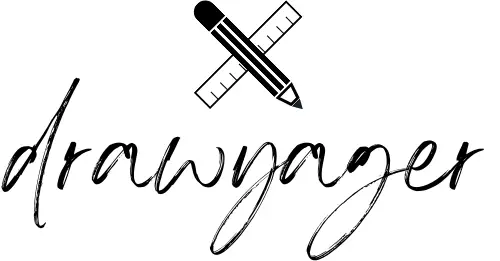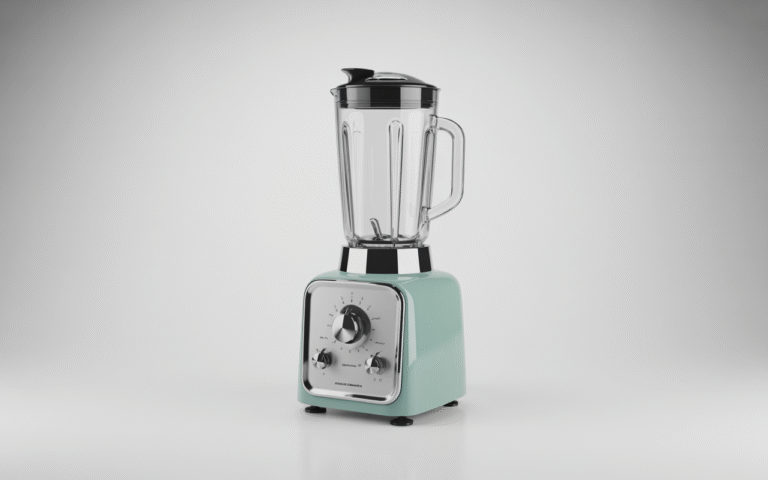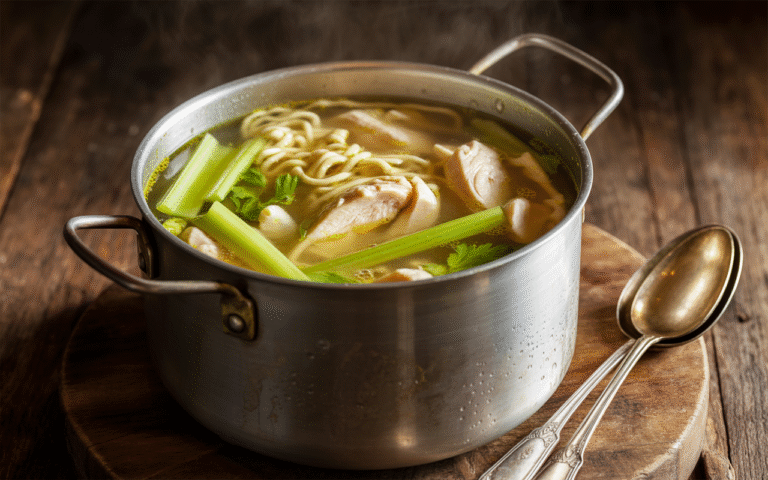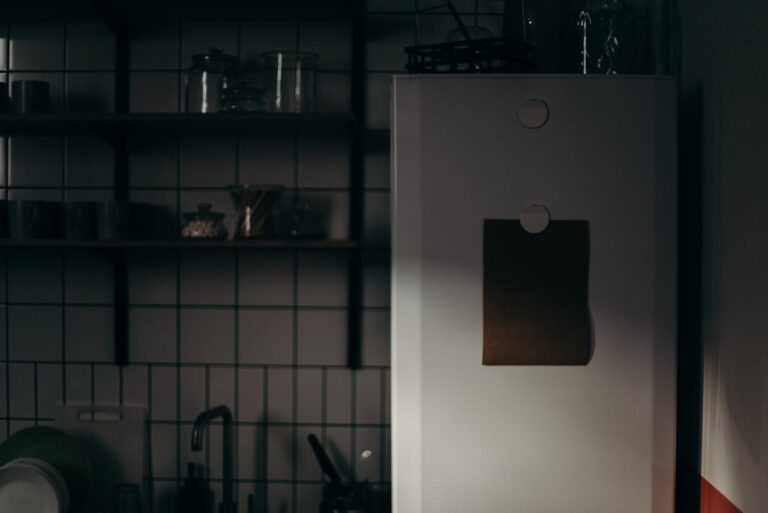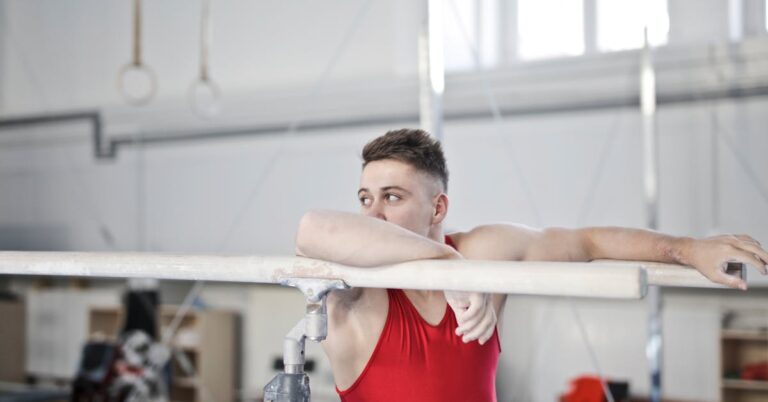Struggling to draw hugs that look real and full of feeling? You’re not alone. Hug poses can be tricky – two bodies, many arms, and lots of emotion to show. But with the right hug pose references, you can create influential, heartwarming art that truly connects. In this post, you’ll find easy-to-follow hug pose ideas, drawing tips, and emotional inspiration to take your sketches to the next level.
Why Use Hug Pose References When Drawing?
Drawing a hug is about more than just getting the arms in the right place. It’s about showing emotion – love, comfort, joy, even sadness – through body language. Hug pose references help you understand how two bodies interact in close contact. They show you where the hands go, how the heads tilt, and how the body weight shifts. Whether you’re drawing a couple, friends, or family, using references makes your hugs feel natural, connected, and full of life.
12 Hug Pose References for Artists
1. The Front Hug
Two people face each other and wrap their arms around the shoulders or waist. Great for deep emotional scenes.

2. The Running Hug
One person runs into the hug with both feet off the ground. Perfect for joyful reunions.

3. The Back Hug
One person hugs the other from behind. It’s tender and shows protection or surprise.

4. The Side Hug
Two characters stand side-by-side with one arm wrapped around. Casual and friendly.

5. The Lift Hug
One character lifts the other off the ground. Show excitement by adding motion to arms and legs.

6. The Sitting Hug
Both characters are seated – on a bench, couch, or ground. Works well for cozy or emotional moments.

7. The Comforting Hug
One person buries their face in the other’s shoulder. Show softness through curved backs and relaxed arms.

8. The Forehead-to-Chest Hug
A shorter character leans into the other’s chest. Great for showing safety or comfort.

9. The Group Hug
Three or more people wrap around each other. Messy arms, but full of warmth and love.

10. The Hug from Behind While Sitting
Add closeness with one character sitting behind the other and wrapping their arms around.

11. The Goodbye Hug
A long, close hug with lowered heads and closed eyes. Add tension and emotion through tight grips and body language.

12. The Surprise Hug
One character jumps in from behind. Keep it fun with wide eyes and animated movement.

Here are another 100 Hug Pose References
If you didn’t find what you were looking for, maybe this gallery with another 100 Hug Pose References will help you.
Tips for Drawing Hug Poses That Feel Real
Drawing a believable hug starts with understanding how people physically and emotionally connect. Here are some tips to make your hug drawings feel more lifelike and touching:
- Use curved lines to show softness and closeness: Straight, stiff lines can make a hug feel cold. Gentle curves suggest warmth, comfort, and a natural body shape.
- Let heads tilt or rest together: A slight tilt or touch of foreheads and cheeks helps show intimacy and trust between characters.
- Pay attention to hand placement: Hands on the back show safety, while hands on the head or face can express deep affection. Even small finger positions can add meaning.
- Vary the height and posture: Not every hug is between people of the same size. Use height differences to show protection, dependence, or vulnerability.
- Overlap arms and bodies for depth: Don’t forget that hugs are three-dimensional. Let arms wrap and bodies press gently together to avoid a flat look.
- Think about the characters’ emotions: Are they happy, sad, scared, or excited? Let that emotion shape their posture – tight grips for sadness, loose arms for calm joy.
- Use clothing and hair to support the mood: A jacket pulled tight or hair covering part of the face can enhance the feeling of closeness or comfort.
- Don’t be afraid to exaggerate emotion: Slightly bigger movements, stronger tilts, or more dramatic poses can help the feeling come through clearly in your drawing.
FAQ: Hug Pose References
How can I find good hug pose references?
Use photo libraries, pose apps, or take photos of yourself in a mirror. Pinterest is a great place to start.
Are hug poses hard to draw?
They can be, but using references makes them easier and more natural.
If you need help, you could get some inspiration in my drawing references, like Male Pose Reference: A Guide to Dynamic Male Sketches 2024 or Female Pose Reference: A Guide to Capturing Feminine Forms 2024.
Can I change the pose to fit my style?
Yes! Start with a reference and then adjust the lines, angles, or emotions to match your own art style.
Ready to Try These Hug Pose References?
Use these hug pose references to bring more emotion into your drawings. Whether you’re sketching friends, couples, or family, these ideas can help you create heartfelt scenes. Follow me on Pinterest for more drawing inspiration, check out other pose guides on the blog, and leave a comment with your favorite hug pose below!
